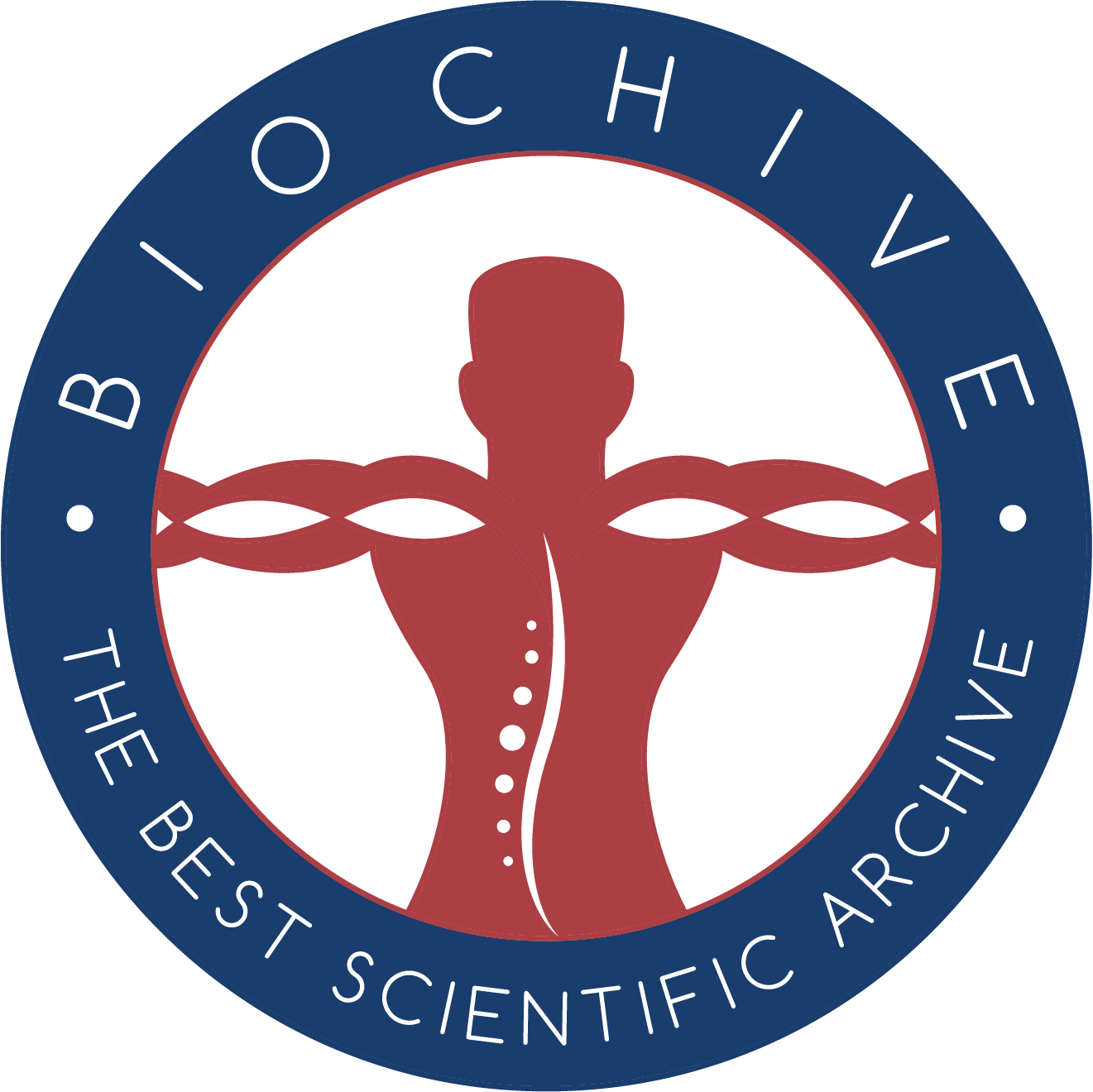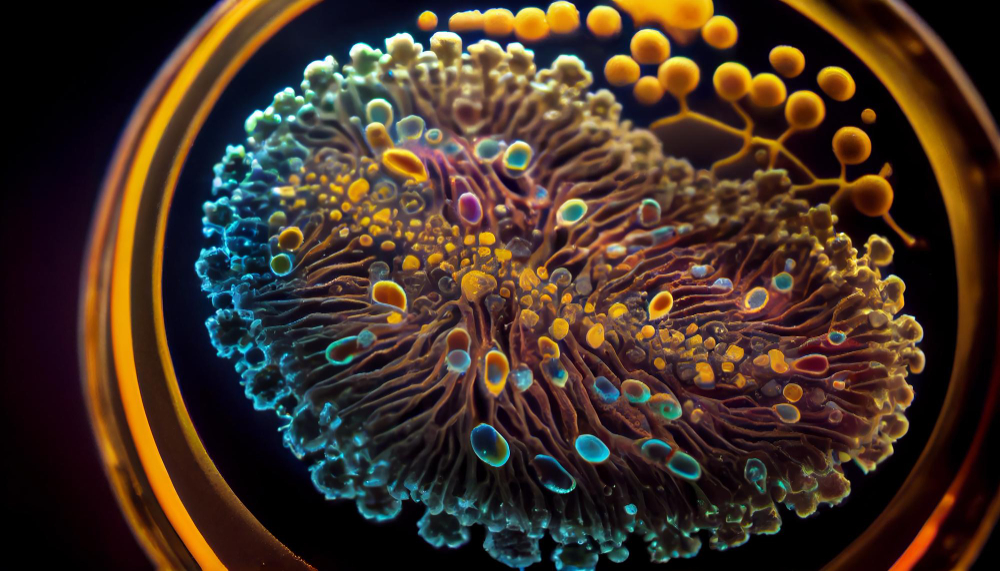Now that we have finished describing the functions and structures of the first ten primary specialized cells, we will discuss the next ten in this article. Remember that there are more than twenty types of specialized cells in our body, but for now, we are focusing on twenty.
Pancreatic Cells:
Pancreatic cells make up the pancreas, which is essential in both the digestive and endocrine systems. There are two primary types of pancreatic cells: exocrine and endocrine. Most of the cells in the pancreas are exocrine cells, which produce digestive enzymes that help break down food in the small intestine. Endocrine cells, on the other hand, produce hormones such as insulin, pancreatic polypeptide, glucagon, and somatostatin. A malfunction of alpha endocrine cells, which produce insulin—a hormone that regulates blood sugar—can lead to diabetes. People with diabetes often need to inject insulin to regulate their blood sugar levels, as failure to do so can cause damage to the body or even lead to death. Pancreatic cells contain a nucleus, endoplasmic reticulum, mitochondria, Golgi apparatus, centrosomes, microtubules, secretory vesicles, lysosomes, and islets of Langerhans, which are responsible for the pancreas’s endocrine functions.
Immune Cells:
Immune cells defend the body against invaders such as viruses, bacteria, fungi, and other pathogens, making it easier for us to fend off diseases. There are many types of immune cells throughout our body, and some types of white blood cells fall into this category. For example, T cells, B cells, and NK cells are all types of immune cells and are categorized as white blood cells. Immune cells possess organelles such as a nucleus, endoplasmic reticulum, lysosomes, mitochondria, Golgi apparatus, centrosome, secretory vesicles, microtubules, cytoskeleton, phagosomes, and phagolysosomes. Phagosomes and phagolysosomes work together to engulf and break down pathogens. These cells are vital for our survival against germs and help us thrive.
Sperm and Egg Cells (Gametes):
While reproduction is not essential for the survival of an individual throughout their lifetime, it is crucial for the continuance of the human race. Reproduction occurs through sperm and egg cells, also known as gametes. The sperm fertilizes the egg by fusing with it to form a zygote. The zygote then undergoes cell division, leading to the formation of blastocysts, which develop into a human embryo and eventually a fetus during gestation. Gestation is the process by which a female mammal carries a developing offspring in her uterus. Common organelles found in both sperm and egg cells include the nucleus, mitochondria, endoplasmic reticulum, flagellum, vesicles, zona pellucida, acrosome, Golgi apparatus, and centrioles. The acrosome, an organelle filled with enzymes, aids in the fertilization of the egg, while the zona pellucida, which contains glycoproteins, plays a role in fertilization and early embryo development.
Gland Cells:
Gland cells make up various glands, such as sweat glands, endocrine glands, and salivary glands. These glands are responsible for the production and secretion of certain substances that help the body maintain homeostasis and coordinate functions. Most gland cells contain a nucleus, lysosomes, mitochondria, cytoplasm, secretory vesicles, plasma membrane, microtubules, microfilaments, Golgi apparatus, and both types of endoplasmic reticulum.
Red Bone Marrow Cells:
Myeloid tissue, also known as red bone marrow, is found inside the cavities of certain bones and is essential for the production of red blood cells. Red bone marrow cells are responsible for a process known as “hematopoiesis,” which develops various types of blood cells, including red blood cells, white blood cells, and platelets. These cells contain a nucleus, endoplasmic reticulum, Golgi apparatus, mitochondria, lysosomes, and a cytoskeleton.
Adipose Cells (Fat Cells):
Adipose cells, which make up adipose tissue or fat tissue, store energy in the form of lipids. They store lipids in their cytoplasm for later release. Adipose tissue makes the body appear fat, and excess amounts of adipose tissue can lead to obesity. In addition to storing lipids and fats, adipose tissue also acts as metabolically active tissue, playing roles in insulation, cushioning of organs, and energy homeostasis. Adipose cells contain organelles such as a nucleus, endoplasmic reticulum, Golgi apparatus, mitochondria, plasma membrane, cytoskeleton, and perilipins—proteins that help store lipids and break them down into energy.
Osteocytes:
Osteocytes are specialized cells found in bone tissue. They maintain the health and function of bones by performing tasks such as controlling changes in bone structure, detecting pressure, and communicating with other bone cells. Osteocytes possess organelles such as a nucleus, endoplasmic reticulum, Golgi apparatus, mitochondria, cytoplasm, lysosomes, and canaliculi. Canaliculi are small channels that allow these cells to communicate and share nutrients.
Chondrocytes:
Chondrocytes are a type of cartilage cell found in the joints and spine. They repair any issues with the cartilage tissue in these areas and help provide support and flexibility. Chondrocytes contain organelles such as mitochondria, Golgi apparatus, endoplasmic reticulum, nucleus, cytoskeleton, lysosomes, plasma membrane, and various types of vesicles. They are crucial because they allow us to move our limbs and provide flexibility and support to parts of our body. In addition to making up most of our joints and spinal discs, chondrocytes also repair them if they become damaged.
Endothelial Cells:
Endothelial cells make up the inner lining of our blood vessels. They help regulate blood flow throughout the body and ensure that blood vessels function properly. Dysfunction of these cells can lead to cardiovascular diseases, highlighting their importance. Endothelial cells contain organelles such as a nucleus, endoplasmic reticulum, lysosomes, cytoskeleton, mitochondria, Golgi apparatus, plasma membrane, and Weibel-Palade bodies. Weibel-Palade bodies are elongated secretory organelles that contain proteins that contribute to tissue repair, blood clotting to prevent bleeding, and the formation of new blood vessels.
Stem Cells:
Stem cells have the remarkable ability to develop into all of the other types of cells in the body. There are two primary types of stem cells: embryonic and somatic. Embryonic stem cells are derived from early embryos and have the potential to turn into any cell type. Somatic stem cells are more restricted in their range of development but can be found in a variety of organs. Stem cells hold promise for treating medical conditions such as diabetes, spinal cord injuries, cardiovascular diseases, and blood-related disorders. Stem cells possess organelles such as a nucleus, endoplasmic reticulum, cytoskeleton, cytoplasm, mitochondria, and Golgi apparatus.
In summary, while different cells have various types of organelles, most specialized cells contain at least a nucleus, endoplasmic reticulum, plasma membrane, and cytoplasm. These organelles are essential for the basic functions of the cells, enabling them to perform their specific roles effectively.
Sources: Biomedical Beat Blog, National Institutes of Health, Lumen Learning, Wikipedia, Stile, Immune Deficiency Foundation



